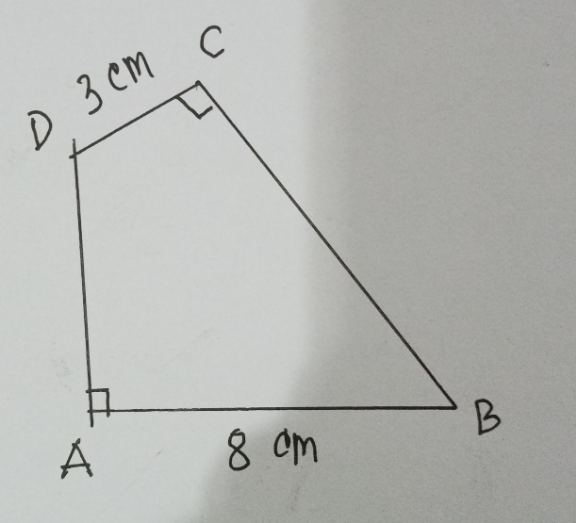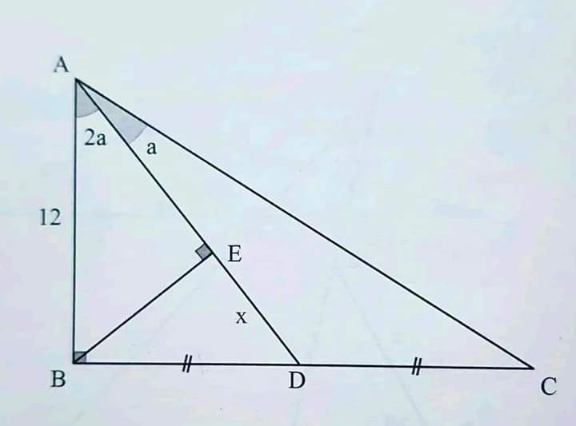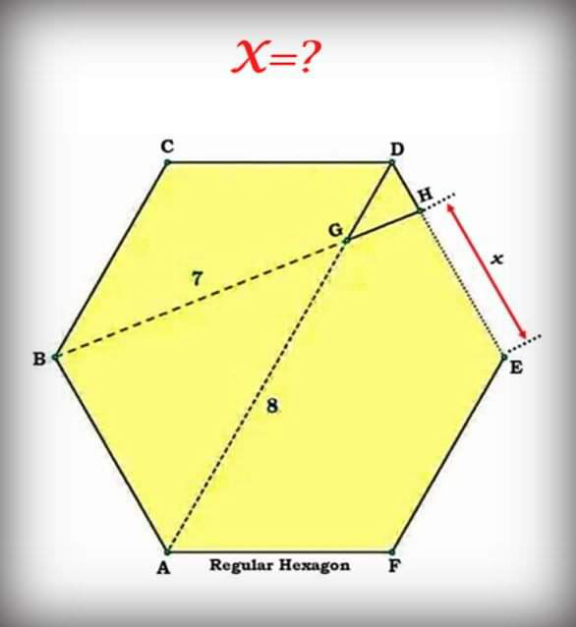
AllQuestion and Answers: Page 1
Question Number 206532 Answers: 3 Comments: 0
Question Number 206522 Answers: 1 Comments: 0

Question Number 206514 Answers: 0 Comments: 0
Question Number 206511 Answers: 2 Comments: 3

Question Number 206501 Answers: 0 Comments: 7
Question Number 206500 Answers: 2 Comments: 0
Question Number 206491 Answers: 2 Comments: 1

Question Number 206490 Answers: 1 Comments: 0
Question Number 206489 Answers: 1 Comments: 0
Question Number 206484 Answers: 1 Comments: 0

Question Number 206477 Answers: 3 Comments: 0
Question Number 206475 Answers: 1 Comments: 0
Question Number 206473 Answers: 4 Comments: 0
Question Number 206471 Answers: 1 Comments: 0
Question Number 206466 Answers: 1 Comments: 1

Question Number 206458 Answers: 3 Comments: 0
Question Number 206452 Answers: 1 Comments: 0

Question Number 206451 Answers: 0 Comments: 0

Question Number 206449 Answers: 1 Comments: 0
Question Number 206443 Answers: 0 Comments: 4

Question Number 206442 Answers: 1 Comments: 0

Question Number 206434 Answers: 1 Comments: 0
Question Number 206433 Answers: 2 Comments: 0
Question Number 206430 Answers: 2 Comments: 0

Question Number 206425 Answers: 1 Comments: 0
Question Number 206421 Answers: 1 Comments: 0
